Why is the common mantle grass interesting?
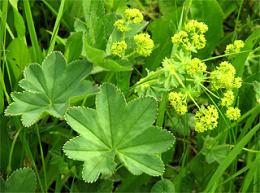
Surely common cuff grass it caught your eye more than once and seemed so ordinary that you could not even think that, it turns out, it belongs to medicinal plants. Or you knew it, but under a different popular name, of which there are about fifty.
In general, the mantle belongs to the class Rosaceae and is a perennial with flowering shoots from 10 to 50 centimeters long; the shoots can be either pubescent or bare. The leaves of the plant are rounded, with carved edges, and even in adulthood they look somewhat folded. Like shoots, leaves are either pubescent or bare. The cuff blooms from May to August with inconspicuous yellow-green flowers collected in false umbrellas. You can find this pretty plant in meadows, in bushes, near roads, in dry ditches, and often grows in groups.
The leaves of the cuff are used as medicinal raw materials. They are harvested during the flowering period of the plant, drying it in the shade in the open air. To collect, you need to choose those hours when the morning dew has already dried on the leaves. It is not recommended to store dried cuff raw materials for more than a year.
The common mantle grass is rich in tannins, contains a small amount of flavonoids, essential oil and bitterness, vitamin C, molybdenum, zinc, nickel, iron, copper, boron, manganese.
The cuff is used for food. In early spring, green soups and cabbage soup are cooked from its leaves (less often shoots), and used in salads.
Medicines based on the cuff herb have wound healing, anti-inflammatory, expectorant, astringent, diuretic properties, reduce blood cholesterol levels, and also help increase milk production in nursing mothers.

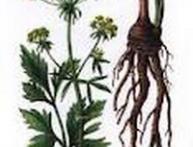
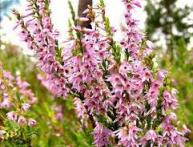
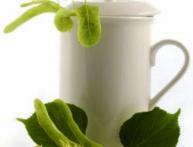

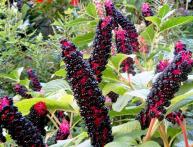
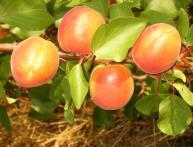
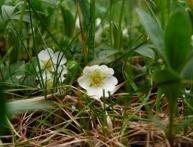
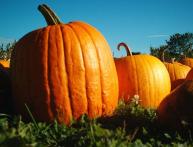
Comments
I have heard about the beneficial properties of the cuff more than once, but I would not eat it. And also, don’t even think about picking leaves from plants along the roads.